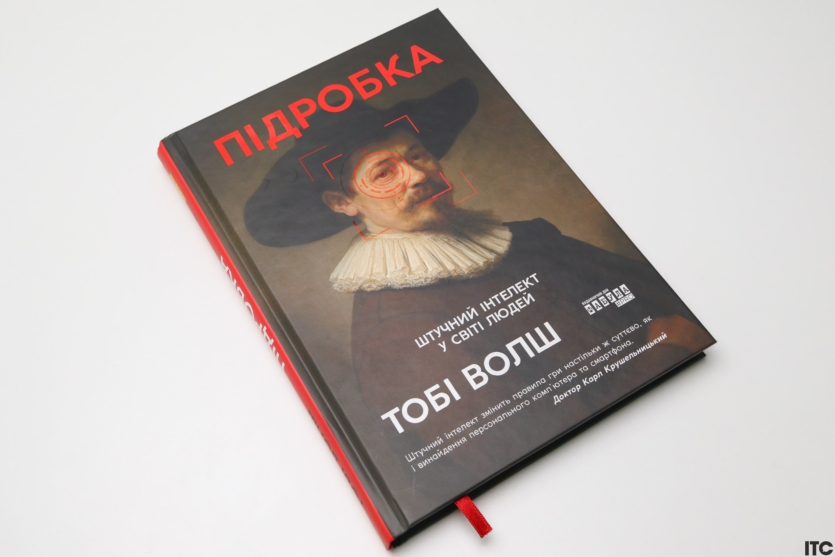
In a world where every third news story begins with the words “artificial intelligence has done”, “neural network has learned” or “algorithm has been invented”, British professor of artificial intelligence Toby Walsh makes an unexpected statement: all this hype is just a big illusion. His book “Faking It: Artificial Intelligence in a Human World”, recently published by Fabula, is a cold shower for those who believe in fairy tales about intelligent machines. It’s also a wake-up call about the real dangers we create by playing with technology.
“Faking It: Artificial Intelligence in a Human World”
Author Toby Walsh
Publisher “Fabula”
Language Ukrainian
Number of pages 224
Cover Solid
Year of publication 2025
Size 175×240 mm
Website fabulabook.com
On the very first page of his book, Toby Walsh immediately writes that it has become outdated. And this is not the author’s modesty, but the brutal reality of a sphere that is developing at a crazy speed. GPT-1 had 117 million parameters, GPT-2 already had 1.5 billion, and GPT-3 had 175 billion. And how many in GPT-4? An incredible 1.8 trillion parameters. However, the fifth version has recently been released, and there are even more, but OpenAI does not even disclose the numbers. Here’s another data point for comparison: the entire English Wikipedia is less than one percent of the data for GPT-3 training. The numbers are incredible, and so are the results. But does this mean that machines have become smarter?
The author is very categorical in his words, so throughout the book he says that artificial intelligence, no matter how impressive it may seem to you, remains what it has always been — a vivid imitation.
In the book “Faking It: Artificial Intelligence in a Human World”, Toby Walsh methodically analyzes popular myths. He says that chatbots don’t “understand” language because they only find statistical patterns in texts. The most advanced autopilot cars don’t actually have any “I” driving them. Computer vision algorithms don’t “recognize” objects, they find pixels that match patterns. And robots need rights, just like your toaster or microwave.
Walsh is particularly interested in the historical roots of this “deception”. He says that already in the 18th century, people were fascinated by mechanical tricks, in fact, they had a weakness for all sorts of such things. For example, there was the famous Mechanical Turk — a chess machine that defeated Napoleon and Benjamin Franklin. But in fact, it hid a live chess player inside. There was also ELIZA, one of the first chatbots of the 1960s that imitated a psychotherapist so convincingly that people told her their innermost secrets, not realizing they were talking to a primitive program.
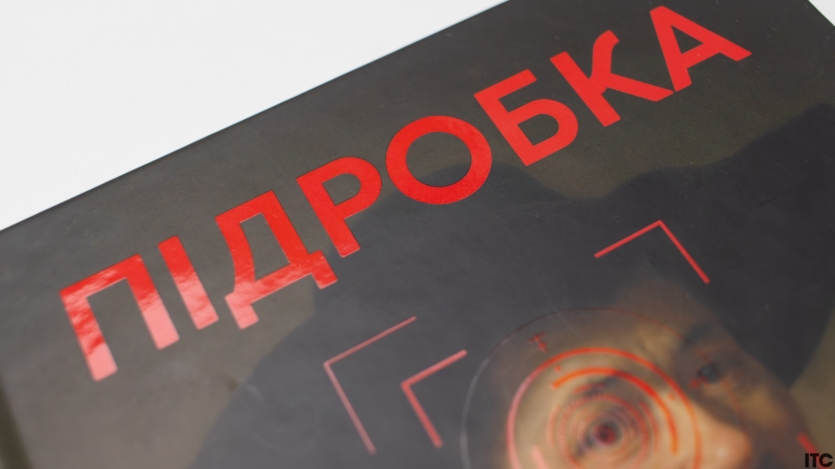
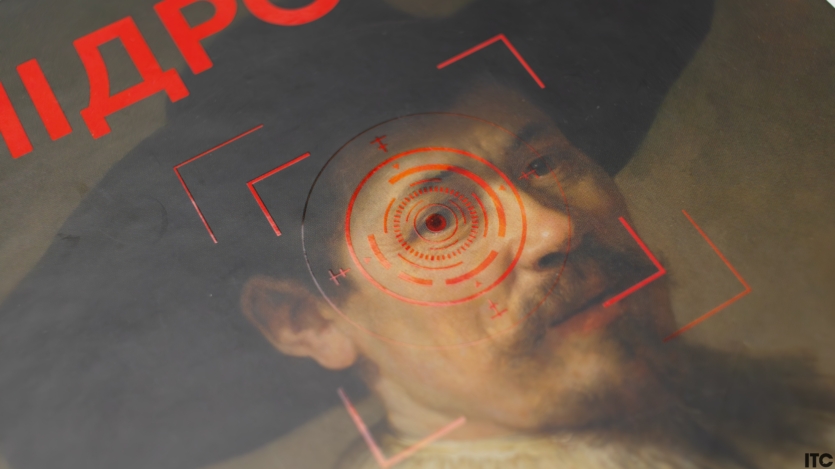
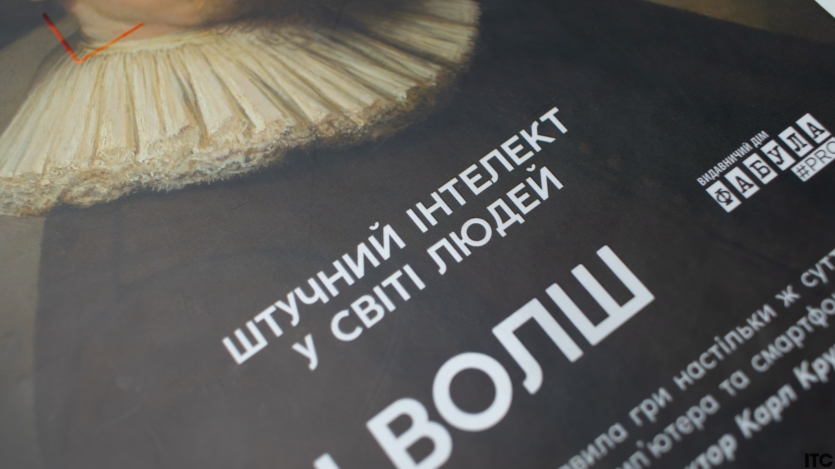
Toby Walsh says the problem is not that AI is inefficient. On the contrary, it achieves incredible results in narrow areas. Deep Blue has beaten Kasparov, AlphaGo has torn apart the best go players, and GPT-4 has performed better than most students in the world. But, as Walsh aptly notes, the achievement of world-class chess AI has not brought any progress in creating AI capable of folding shirts, understanding metaphors in Shakespeare’s sonnets, or discovering new antibiotics.
With the emergence and development of artificial intelligence, human intelligence is degrading greatly, but we can function even with incomplete information, fatigue, or stress. Machine intelligence, on the other hand, is fragile, so it can brilliantly recognize dogs in photos, but it is enough to change a few pixels with the naked eye in an imperceptible way. It will see an ostrich in a Chihuahua. A human needs a few examples to understand the concept, while a machine needs thousands or even millions.
In his book “Faking It: Artificial Intelligence in a Human World”, Toby Walsh does not just criticize artificial intelligence and its current development. The author explains why it is important with examples. He says that attributing human qualities to AI creates dangerous illusions. When we talk about “smart” algorithms, we start to trust them more than we should. And the result is numerous mistakes, gaffes, and problems that arise because of this.
For example, China’s social credit system, which controls the lives of millions of people, or Australia’s Robodebt, which illegally collected millions of dollars from 400,000 citizens due to errors in algorithms. AIs become psychologists and incite people to commit suicide. They feed their morbid thoughts instead of calming them down and discouraging them from doing so.
Let’s not forget about diplomatic pornography, political disinformation that directly affects election results, manipulations in healthcare and education. Technologies are developing faster than ethics and legislation, so they are definitely becoming the dark side of the modern human world.
Toby Walsh is honest with his readers. The author does not follow the lead of tech magnates and does not frighten with the apocalypse of artificial superintelligence. He talks about the real problems of real AI. He also does an impressive job of explaining complex technical things in simple language without humiliating the reader, so the book reads like a fascinating detective story.
Walsh’s position on the regulation of artificial intelligence is particularly valuable. He does not call for a ban on AI, but proposes specific laws that would require labeling of bots and warnings about the artificiality of bots. This is a reasonable compromise between technophobia and the boundless optimism of technophiles.
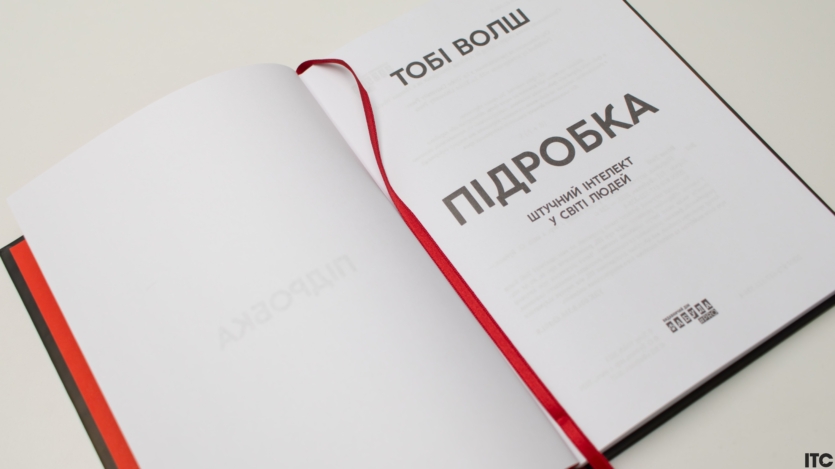
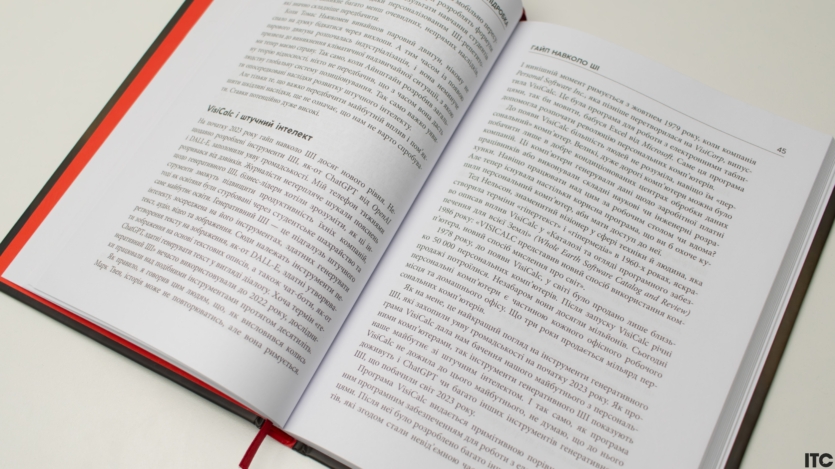
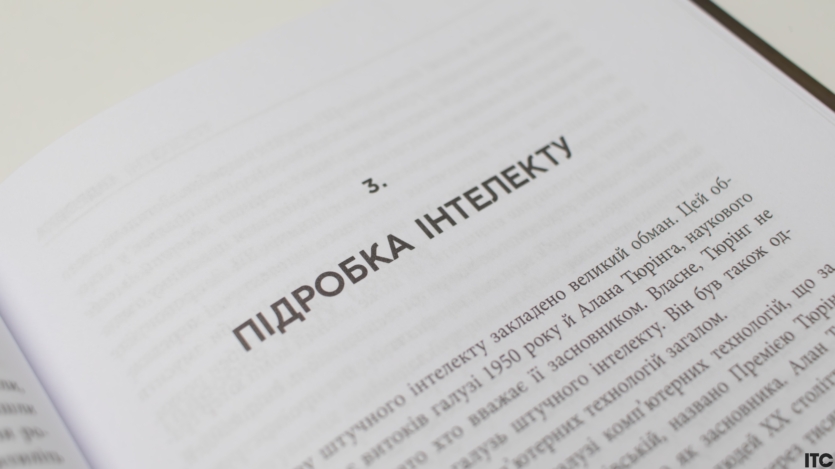
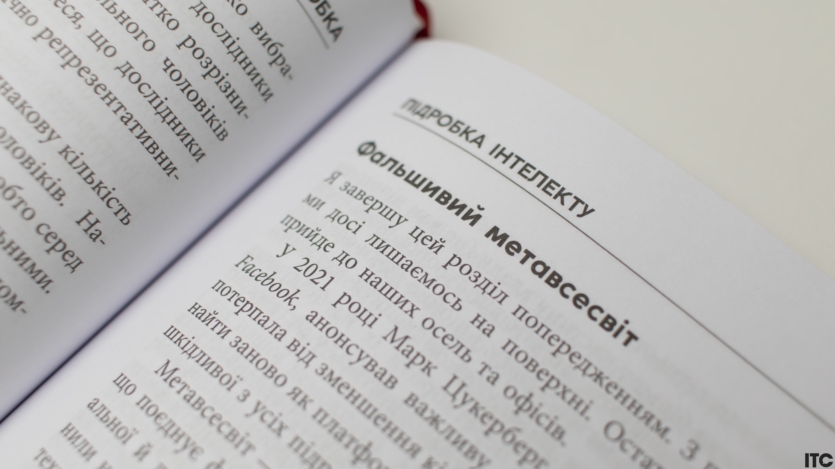

The biggest weakness of the book “Faking It: Artificial Intelligence in a Human World” is the rapid obsolescence of the material, which the author himself honestly warns about at the beginning. Between the time of writing and translation into Ukrainian, GPT-4 and GPT-5, Perplexity, Claude, Gemini, Nano Banana, and other systems that seem to be more “intelligent” than those Walsh wrote about have been released. So I recommend reading this book now, because it is interesting, but soon enough, it may not be relevant at all.
The publication itself is of high quality and stylish. The book has a hard cover with a cool picture, white paper, and an easy-to-read font. And there is also a gusset, for which I am especially grateful. There are no pictures of tables or diagrams.

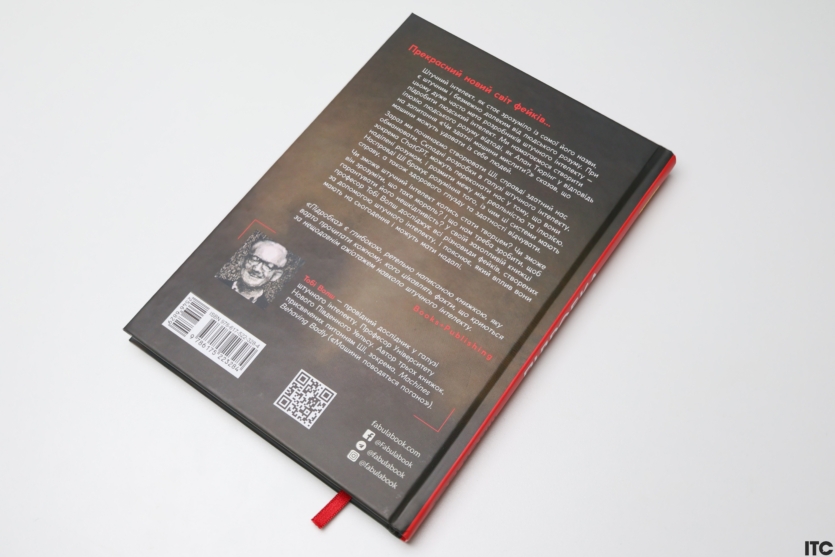


Spelling error report
The following text will be sent to our editors: